City Building for Your TTRPG Campaign
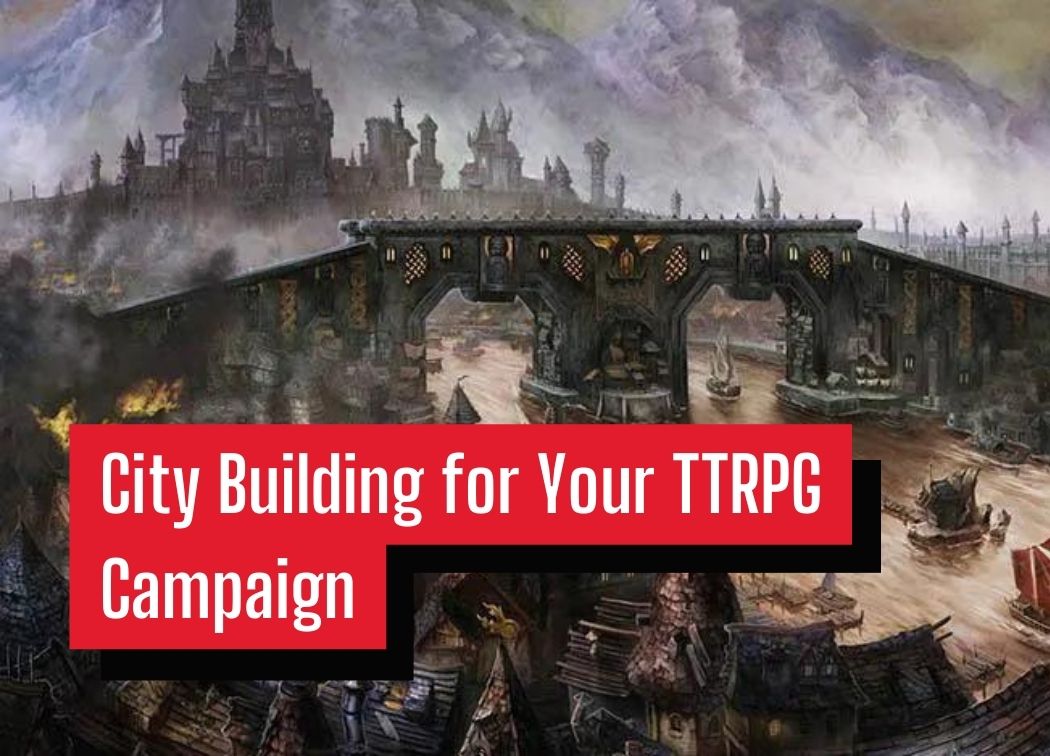
Cities, towns, villages, and other settlements are an integral part of any TTRPG campaign. However, a city is perhaps the most important type of settlement of them all. Therefore, city building proves itself to be a difficult, but important challenge for someone who wants to craft their own world.
Cities are not proclaimed cities due to their size alone, though they tend to have an enormous population compared to that of a large town. The significance of a settlement is also taken into consideration when determining whether or not it is a city.
For example, a city is a place where people gather to do business, participate in the arts and cultures, participate in government, and so much more. A large town may have some of these aspects, but a city will have almost if not, all of them and generally to a larger scale than any other settlement could maintain.
I’ve recently been on a campaign planning kick due to starting up a brand new campaign. Because of this, I’ve had to partake in a bit of city building which is not something that’s typically part of my week-to-week prep in my ongoing D&D campaign.
I’d written a series of articles on city building in the past, but after this past round of worldbuilding, however, I wanted to nail-down how I now go about creating a city in RPGs. A lot has changed in the 5 years since I wrote them! So, without further adieu, let’s take a look at building a city, the definitive edition.
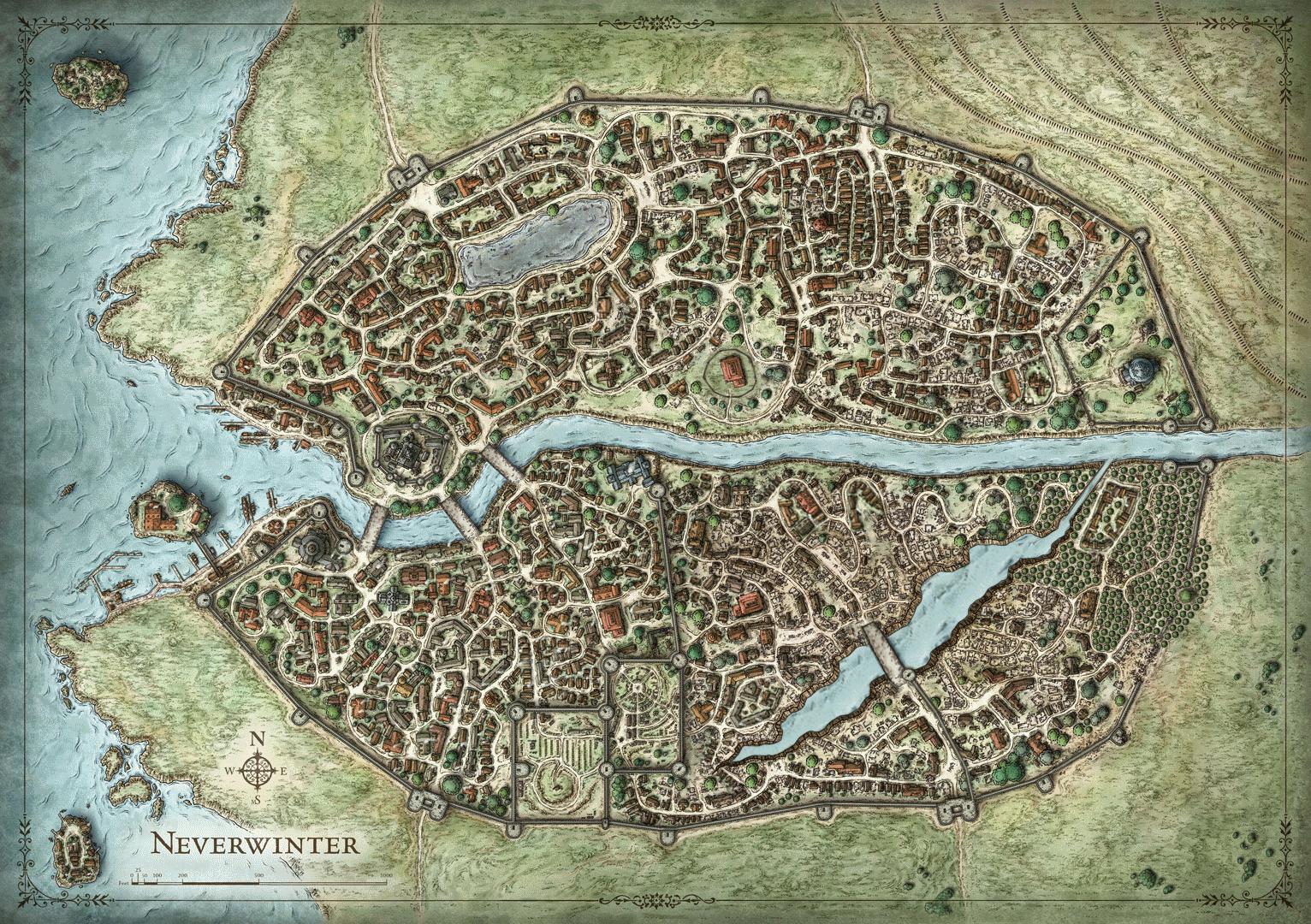
The Macro Scale
Let’s take a look at the factors of a city from a bird’s-eye view. Many important bits of information that you’ll have to think of when you’re building your city isn’t just about the physical city.
The info that we’re going to be talking about in terms of “The Macro Scale” of the city are tidbits of information that the players probably won’t directly interact with in the game. However, this information and similar bits of info can make an enormous difference during the city creation process.
Where is the City?
We have a world. This world consists of different locations, biomes, etc. A diverse world makes for a fun game! Your players can explore underground caverns, scorching deserts, and lush grasslands.
The environment of the place that your players are at can make a huge impact on the game. For example, a session that takes place in the desert may have random sandstorms that buffet the party, giving them yet another challenge to face on their journey.
Determining where your city is located also impacts what type of city it is. A port city that is located on the coast will be considerably different from the city nestled in the middle of the desert.
The location that a city is in can absolutely affect the type of culture and government that flourishes in the city. The natural resources near the city are another factor that will seriously change the way the city looks, feels, and operates. That desert city may be hewn from sandstone as opposed to lumber due to a lack of trees.
Where your city is located can be extremely important.
What’s the City?
This information can give you a lot of info on the city, but also its inhabitants such as their quality of life and lifestyles as a whole.
What’s the Size of the City?
This question is a bit of a two-parter. For starters, this refers to the city itself. How much space does it take up? How many buildings are there? A gigantic city with towering skyscrapers is going to have a considerably different feel from a historical city with buildings that barely reach 3-4 stories tall.
The physical size of the city and the districts within it and even the density of the buildings within it makes an impact on the environment and the way the city operates. It’s important to think about to some degree.
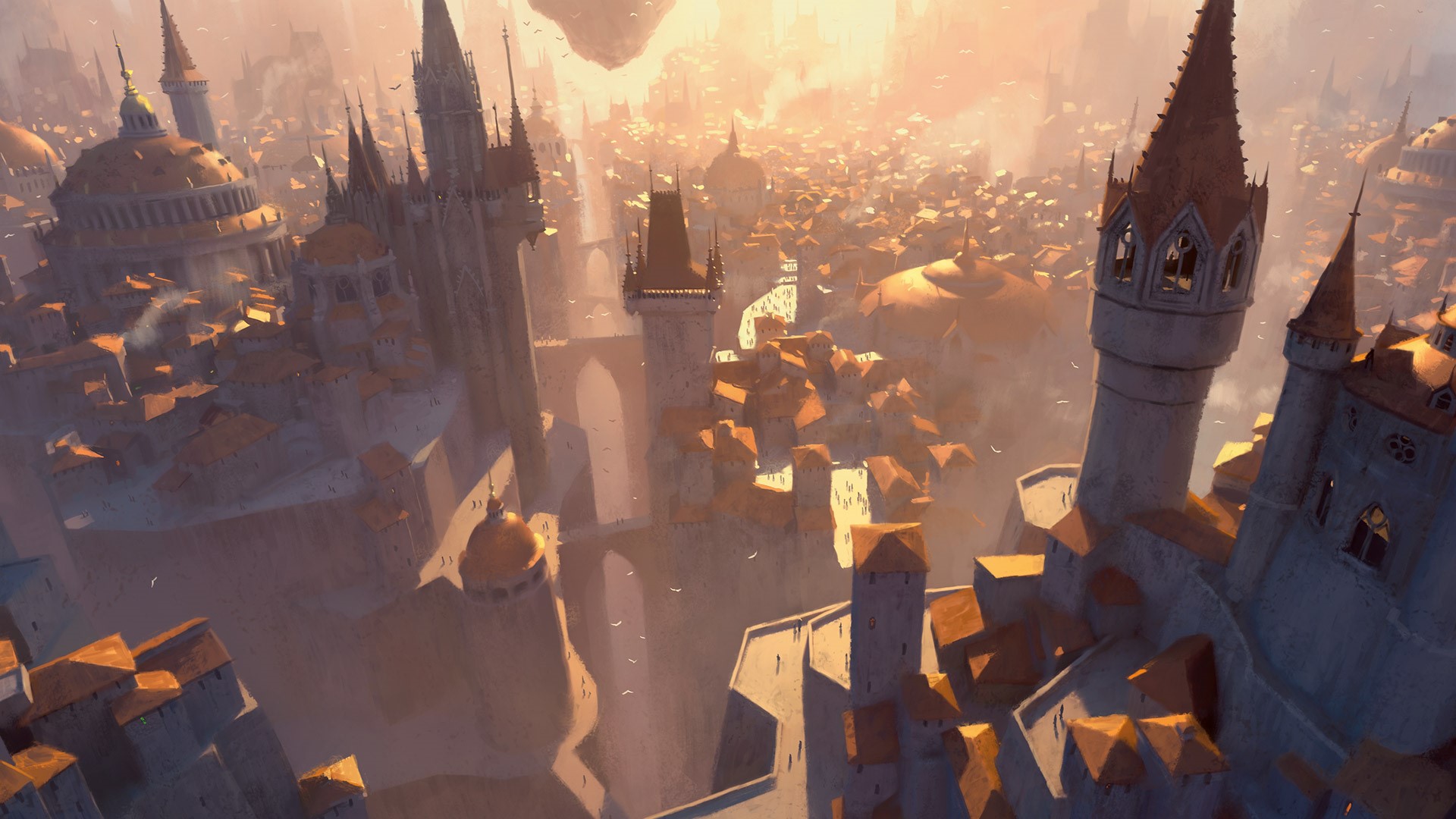
Another way we could interpret this question is to refer to the population. The amount of people that live in the city affects how the city operates. A crowded city is going to have plenty of infrastructure-based issues. It’s also a lot less sanitary to live in an overpopulated and run-down district in the city.
The size of the buildings, walls, and structures are important to think about. The size of the population is just as important if not more important in many cases.
What’s the Economic Status of the City?
A city that’s ravished by famine and poverty is going to be a completely different city than one that is flourishing with trade and overflowing with food. There are unique challenges for people of different economic status and lifestyles.
It’s certainly not unheard of for groups of different social or economic status to pit against each other. A power, money, or resource imbalance between groups of people is an important part of your city’s day-to-day life and certainly an aspect of the city that your players can explore in great detail.
How does money affect the citizens of your city’s lifestyle and what can your players do about it?
What’s the City’s Significance in the World?
A city is a hub of culture, technology, and possibly even magic depending on what type of game you’re playing. Carving out a niche within one of these (or other) categories can help you shape your city into something truly unique.
Perhaps your city has sunk tons of money into developing top-of-the-line tech. Because of that, it’s full of steampunk infrastructure that makes for an efficient lifestyle for its citizens. They have access to advanced transportation and sanitation systems which makes them the envy of the world.
Now other settlements want a piece of that pie. Sure, they could create their own tech, but instead, they may seek to trade or learn from this city.
Giving your city a unique strength makes it desirable to travel to and do business with. A city wouldn’t be a city if there was no reason for other settlements to interact with it.
The Micro Scale
Let’s take a look at the inner-workings of the city. This information will tell us a lot about the unique parts of peoples’ everyday life in the city.
Speaking of people, you should check out this article from The Mudworld Blog on how to (quickly) create NPCs. People are one of the most important parts of a city, after all!
What’s There to Do In the City?
People live in cities for a reason. This question gives us information to determine those reasons.
For many, this reason could be as simple as “they grew up here”, but there’s got to be a reason why they grew up here. A city isn’t like any other settlement. It has a plethora of variables that create it, and generally, at least one of these variables is the reason that a person or a family will flock to a city to live there.
Our job is to create interesting things to do in the city that would attract an average person to live there or at the very least, journey there for a visit.
Shopping and Entertainment
It goes without saying that where there are a ton of people, there will be a ton of businesses. At the bare minimum, people need to eat so there will need to be merchants and shops that sell food.
In most cities, though, especially those filled with people with disposable income there will be a lot more. There will be book shops, furniture stores, jewelry stores, and tons of other places of business where people can spend their coin.
Not only that, but there will most likely be plenty of entertainment to find around the city. There could be a traditional theater, but there could also be street performers and musicians that operate outside of shopping centers or within taverns and restaurants.
Unique Culture or Cultures
The culture or cultures of a city are another big attraction for people looking to visit or move to a city.
Typically, a small town or village won’t be a very diverse place to live. A city naturally blends a lot of different people together. This blending of cultures can create a unique mix of traditions that will attract people from all over.
The location of a city will impact a lot of its culture. Certain holidays exist because of the time of year that you’d harvest crops, for example, and that could change drastically from one city to another if they are in completely different parts of the world and grow completely different crops.
Depending on the game system you’re playing, religions worshipped or the races that live within the city could also determine the different types of cultures that are in the city. These cultures won’t just influence how the city feels and operates, but it will also attract others that seek to participate in the cultures or learn from them.
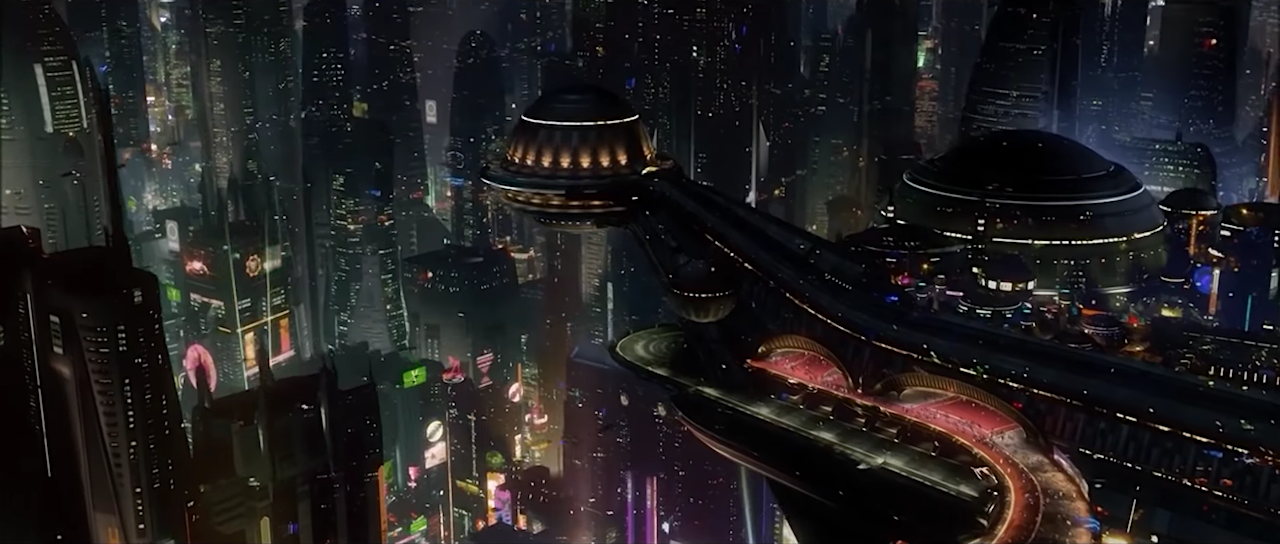
A Hub of Labor
The predominant factor for anyone deciding to live anywhere is if there is work for them there. If there is no money, there are no people. It’s as simple as that.
People need to eat. People need money to purchase the food to eat if they’re not in a position to hunt, gather, or grow the food otherwise.
Labor can come in many different forms, but you need to start from the bottom of the economy when determining what type of labor can be found in your city. The lower and middle classes will probably make up the majority of the population, so they need to all have jobs.
Thankfully, cities are huge and require a ton of upkeep. You’ll need laborers, construction workers, masons, guards, medical staff, sanitation workers, and tons of other professions to keep a city running in an orderly and efficient manner.
If for some reason your city doesn’t have a lot of available work, you need to come up with a unique reason for people to stay there. Maybe they are trapped due to a tyrannical government. Maybe it’s the best of a terrible situation. Who knows? But for the most part, every city is going to have a ton of jobs.
Who or What Runs the City?
Government and politics are important for a city in real life. However, we don’t actually have to delve that deep into it when doing worldbuilding if we don’t wish to. There are a ton of intricacies, and for good reason, but a lot of that information will never see the light of day at the table.
Instead, let’s focus on what type of government runs the city. A city with a panel of democratically elected officials will be a very different city from one that’s a military dictatorship.
Governments affect the city as a whole both in the terms of how the city operates and how the day-to-day lives of people are affected by who or what calls the shots.
However, the type of government isn’t the only factor that we need to take into account. We should also determine who makes up the government. I mean, having a corrupt or secretly villainous mayor or governor is going to be an important plot point for your game and the city as a whole.
Why Would Adventurers Travel There?
Now here comes the key part of creating your city. Why do your players and by extension, their characters, want to go there?
It’s cool if you want to make a functional city just for the fun of it, but I suspect you’re reading this article because you’re creating a city for your TTRPG campaign. Let’s now create some parts of the city that will draw in our adventurers so that they can explore all of this great work you’ve done!
Problems They Can Solve
The point of most TTRPGs that I play is that there is a problem to be solved and obstacles to overcome. Without these, you have no conflict, and without conflict, there isn’t much of a story to unfold.
These problems could be due to the tensions between different social or economic classes. They could be hidden issues that the public doesn’t know about, but the government needs to be solved discreetly. Whatever it is, there’s a job for the party and they’ll (possibly) be rewarded handsomely for it!
Adventurers are sort of like civilians in that they’re drawn towards places that can provide them with jobs to do. They need coin just as much as anyone else. The difference, though, is that they’re more than willing to uproot their lives and move to the next settlement in search of new work if the well runs dry where they’re currently residing.
Regardless, these problems don’t have to be fleshed-out and official quests. They could be simple observations or plot hooks that the party stumbles upon and wishes to explore further. Players are more than capable of creating their own problems to investigate. A great city will have opportunities for just that.
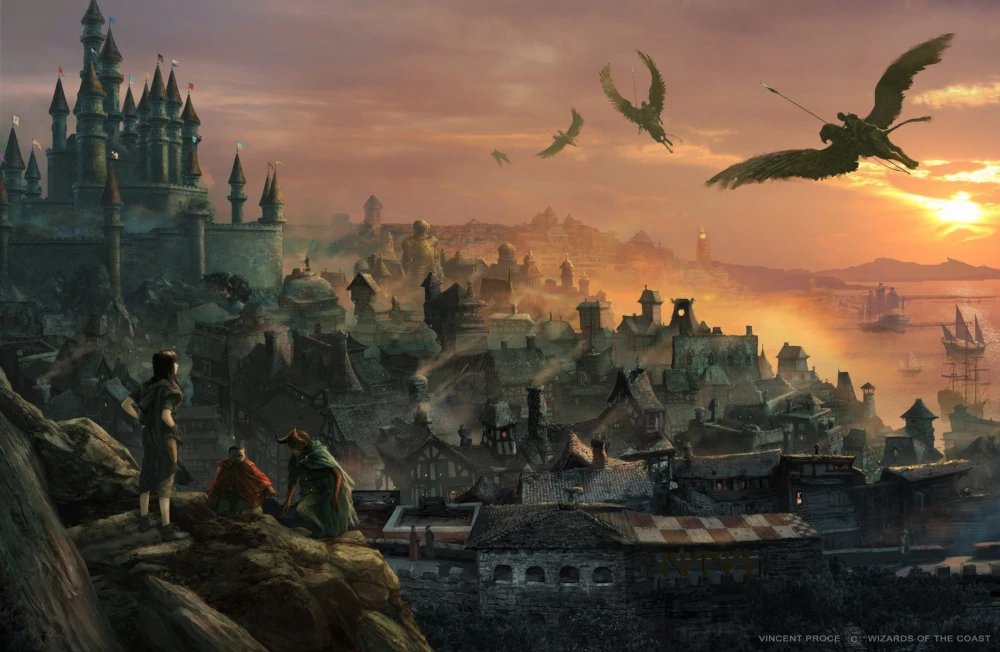
Exclusive Guilds or Organizations
Cities have tons of people living within them. They’re hubs of trade and business. This means that they have plenty of opportunities for regulation of said people, trade, and business. This regulation could, of course, come from the government, but it doesn’t always have to.
Guilds such as a crafting guild or an adventuring guild can be the perfect organization to manage certain aspects of a city. These are groups of people that the party may seek out or be pointed towards in order to provide them with work to do or access to rare equipment that they can obtain through these guilds.
Thieves’ guilds and assassin organizations can control the underbelly of the city. They enforce shady treaties and deals to strongarm businesses into handing over coin for protection. They also could be in charge of distributing contracts to acquire items or kill targets for a reward.
There are tons of different guilds and organizations that can thrive within a city.
You could even make a short adventure within the city that could work as a one-shot or a side-quest for the party to do. This is a great way to get them to explore the city and interact with the different organizations within it.
Rare Equipment and Commodities
There are tons of opportunities to find rare goods and equipment in a city because so many traders, merchants, and shopkeepers will pass through or set up shop in a major city.
All of this traffic of coins, items, and people will certainly bring interesting and unique goods into the trading centers of any major city. Perhaps the average joe won’t bat an eye at it, but adventurers or folk with a ton of money would certainly be drawn to a city based on its wares and rare goods.
Players are always in search of shiny new toys and upgrades that they can adorn their characters with. What better place to find these items than a major city?
Even if the city doesn’t have exactly what they’re looking for, surely the merchants within it will have some idea as to where the party could go to find it. The party could seek out business relationships or friendships with NPCs “in the know” about that sort of thing and leverage their relationship to gain this information.
Conclusions
Cities are fantastic places to spend a few sessions or an entire campaign in. There is so much to do within a city and there are so many interesting people to interact with. Not to mention all of the cultures that can be explored!
Building a city isn’t all that hard. Follow along with the questions and suggestions that this article presents and you shouldn’t have any trouble with creating an outline for your city. Once you have that, you’re all set to start fleshing it out with NPCs, unique locations, shops, and of course plot hooks and adventures!
City building is an aspect of worldbuilding that I enjoy a lot. Primarily because my players tend to heavily interact with my cities. And why wouldn’t they? Cities are the hubs of civilization!
It doesn’t feel like a waste of time to build out a functional city, even if it’s fairly simplistic simply because they’re often interacted with. They’re an excellent way of showing your players the lore, cultures, and stories within your game world, without them even knowing it.
